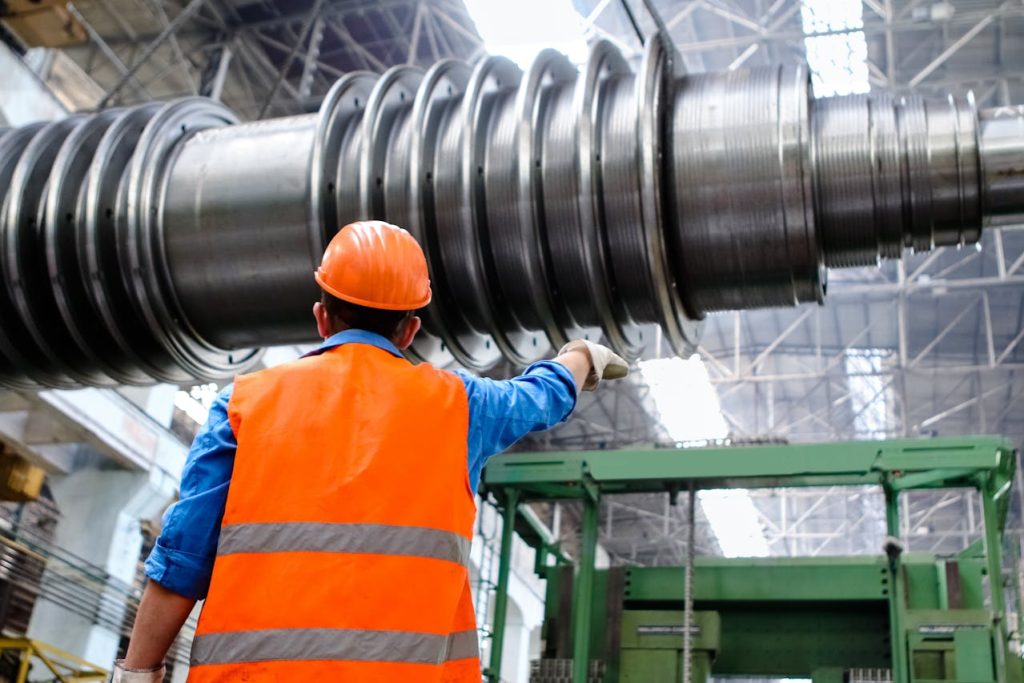The welding industry has long been a vital part of many sectors, from manufacturing to construction and aerospace. For decades, it has relied on skilled manual labour to perform intricate and heavy-duty tasks, which often come with challenges related to human limitations, safety risks, and efficiency issues. However, the future of welding is shifting. Collaborative robots, or “cobots,” are quickly transforming the landscape of the industry. These intelligent, flexible robots are not here to replace human workers, but to work alongside them, revolutionizing the way welding tasks are carried out.
Understanding Cobots in Welding
Cobots are robots designed to work directly alongside human operators in a shared workspace. Unlike traditional industrial robots that often operate in isolation, cobots are built to interact safely with humans. They are equipped with advanced sensors, AI capabilities, and intuitive control systems, making them easy to program and integrate into various environments.
In the context of welding, cobots bring a unique set of advantages. For one, they can handle repetitive and strenuous tasks with high precision, reducing the strain on human workers. Their ability to seamlessly work in close proximity to people makes them ideal for environments where collaboration and flexibility are essential. They can perform a wide range of welding tasks, from spot welding to arc welding, while maintaining high levels of accuracy and consistency.
As part of the broader trend of robotic automation, cobots offer industries the opportunity to streamline operations while ensuring safety and precision. These advanced machines are designed to support and enhance human capabilities rather than replace them, providing a collaborative approach that is revolutionizing manufacturing and welding processes.
Key Benefits of Cobots in Welding
One of the main reasons cobots are taking the welding industry by storm is their ability to enhance productivity. Unlike human workers, cobots don’t need breaks, reducing downtime and keeping the workflow consistent. They can work tirelessly, handling repetitive tasks with ease. Moreover, cobots can be easily integrated with other automated systems in welding shops, creating a seamless operation that boosts overall efficiency.
In addition to productivity, cobots also offer significant improvements in welding quality. The precision of cobots in tasks like welding joints and seams is far superior to human capabilities. Their ability to perform tasks with the same level of accuracy time and time again reduces the chances of defects, thus improving the overall quality of the finished product. This not only minimizes the need for rework but also ensures that welds meet the highest standards required in industries like aerospace and automotive manufacturing.
Applications of Cobots in Welding
Cobots are already making an impact in various industries, each of which benefits from their ability to perform high-precision welding tasks in challenging environments. In the automotive industry, for example, cobots are used to weld intricate parts in vehicle manufacturing. The level of detail required in automotive welding, combined with the volume of production, makes cobots an ideal solution to ensure high-quality welds at high speeds.
The aerospace industry, known for its stringent safety and precision requirements, is another area where cobots excel. Cobots handle complex welding tasks, such as those required for airframes and engines, ensuring high tolerance levels and minimal risk of defects. The same can be said for the shipbuilding industry, where the size and scale of welding tasks require the accuracy and consistency that cobots provide.
Challenges and Considerations in Implementing Cobots
While the advantages of cobots are clear, there are challenges to consider when integrating them into a welding operation. One of the primary concerns is the initial setup cost. Cobots, like any advanced technology, require an investment in equipment, training, and integration. For smaller businesses, this upfront cost may seem daunting. However, the long-term benefits, such as increased productivity and reduced labour costs, make the investment worthwhile.
Training is another consideration. While cobots are designed to be user-friendly, human workers still need to understand how to operate and interact with them effectively. Adequate training is essential to ensure that workers can collaborate with cobots safely and efficiently. Many welding shops are investing in training programs to help their staff become familiar with the new technology.
The Role of Artificial Intelligence and Machine Learning in Cobot Welding
Artificial Intelligence (AI) is playing an increasingly important role in the development of cobots for welding applications. AI allows cobots to learn from their environment and adapt to different tasks. This means that cobots can improve over time, becoming more efficient and accurate in their welding processes.
One of the key areas where AI is being used is in machine vision. With the help of AI and advanced cameras, cobots can ‘see’ their work and make real-time adjustments to ensure welds meet the desired quality standards. This capability is especially useful in applications where precision is paramount, such as aerospace and automotive manufacturing.
Conclusion
The future of welding is being shaped by collaborative robots, or cobots, which offer a wealth of benefits ranging from increased productivity and precision to enhanced safety and cost-effectiveness. As cobots continue to evolve, they will play an increasingly crucial role in industries that rely on welding, revolutionizing how tasks are performed and how workers collaborate with technology.

